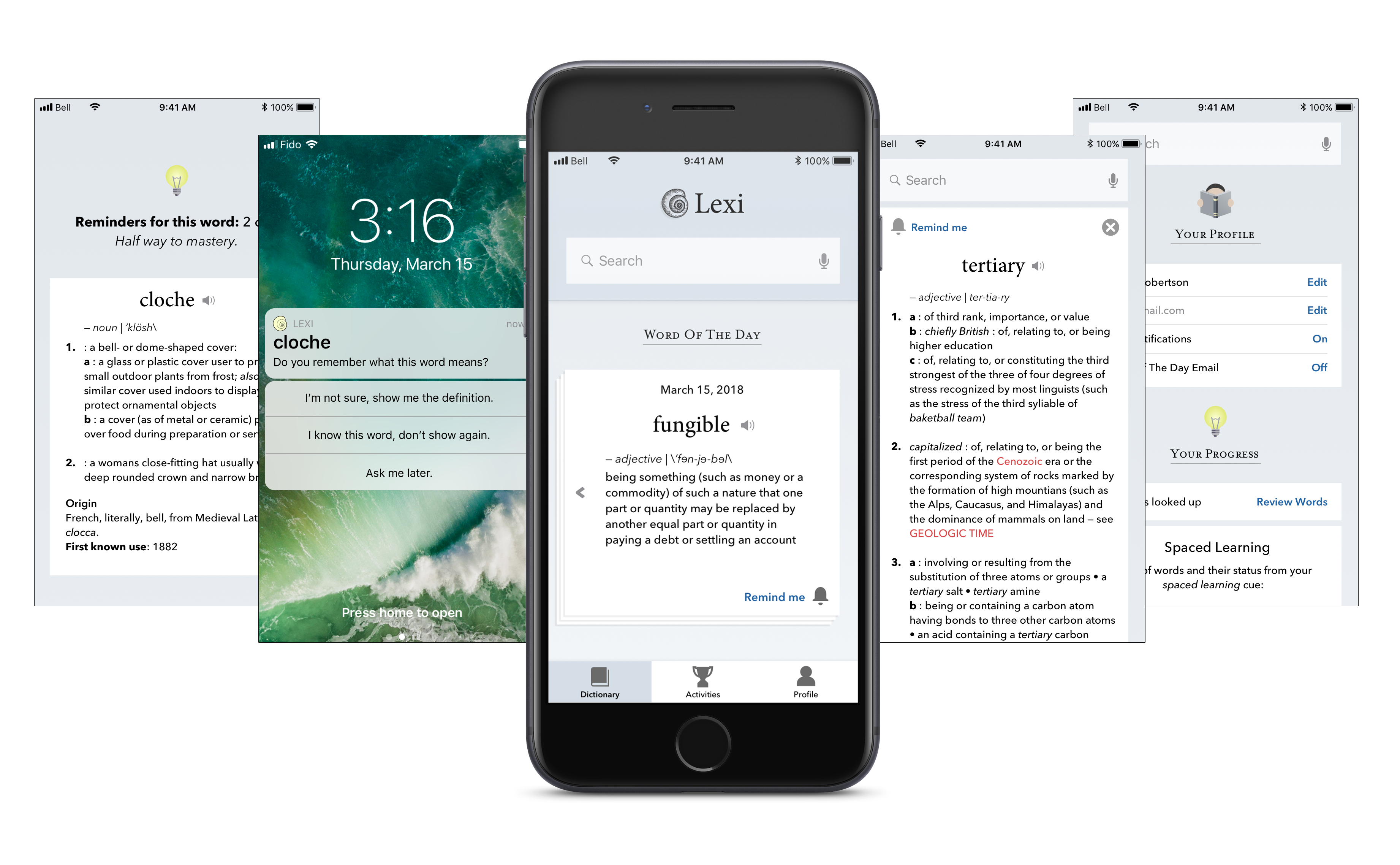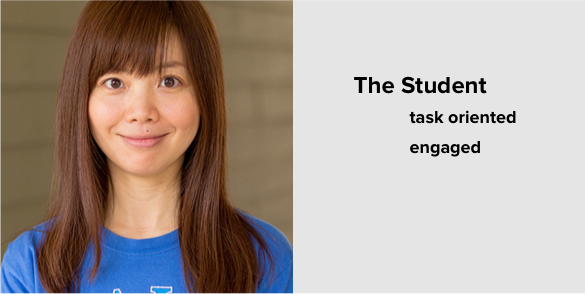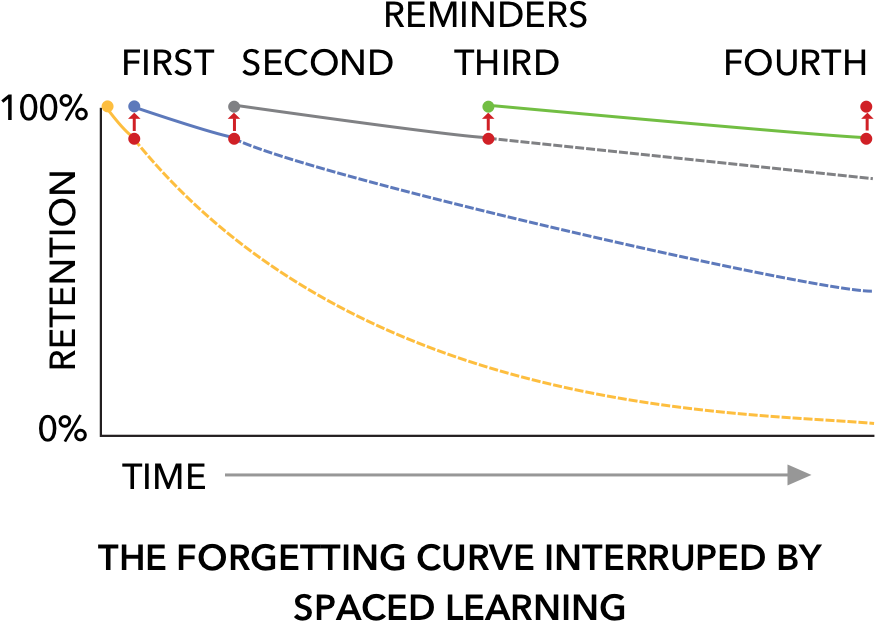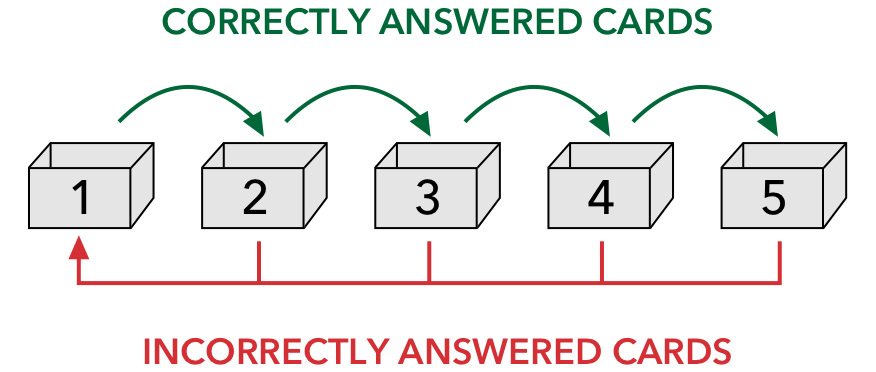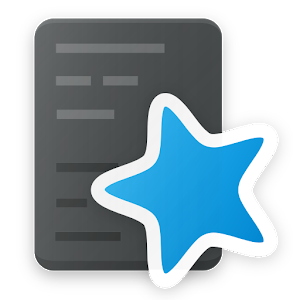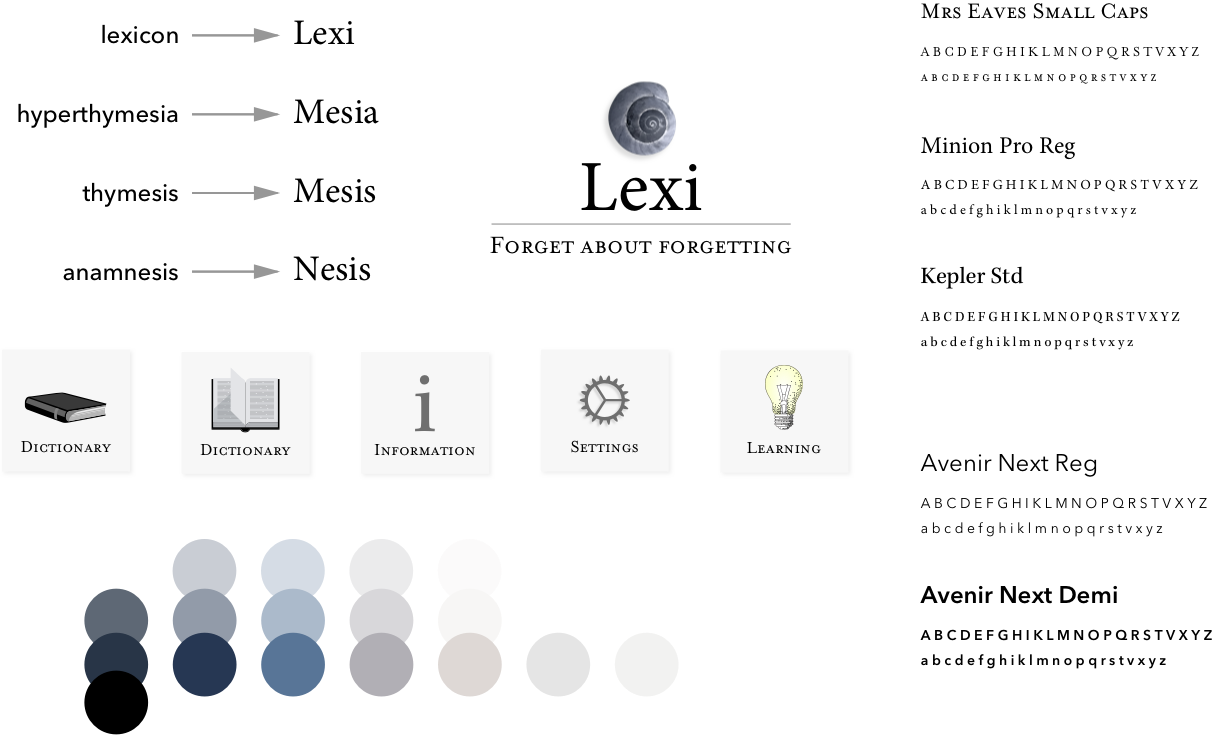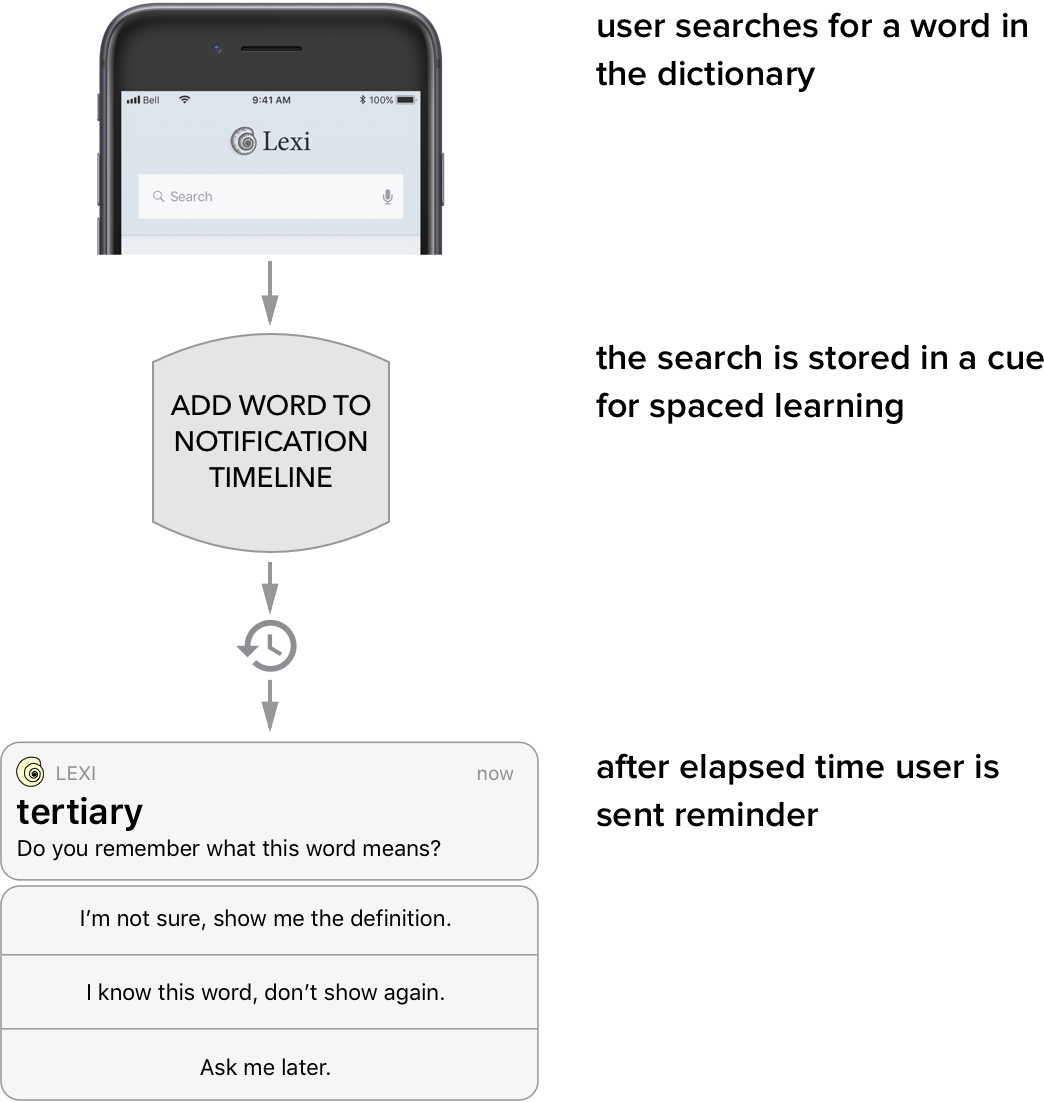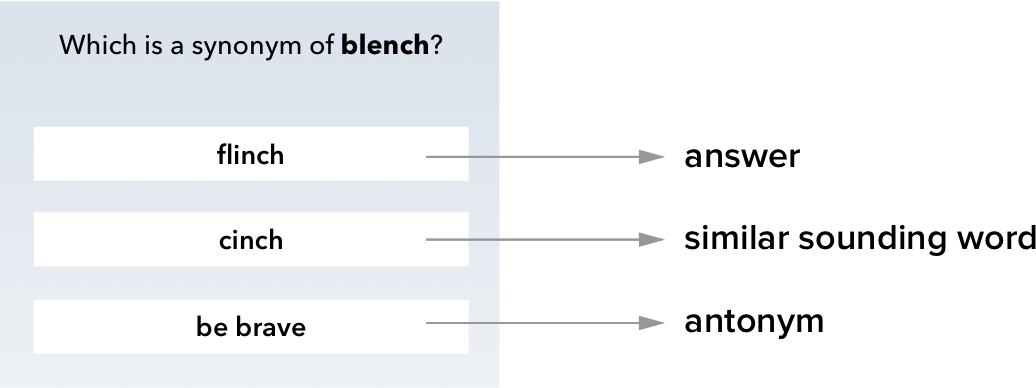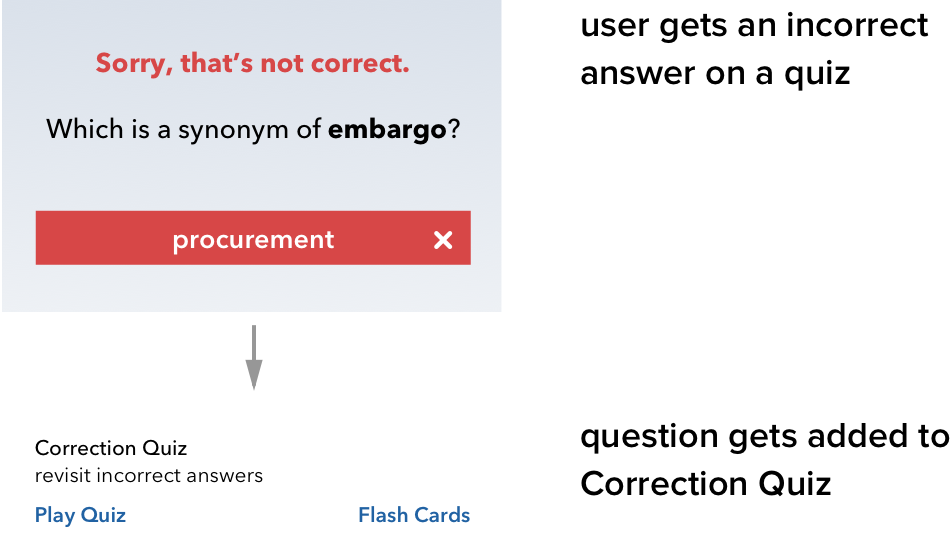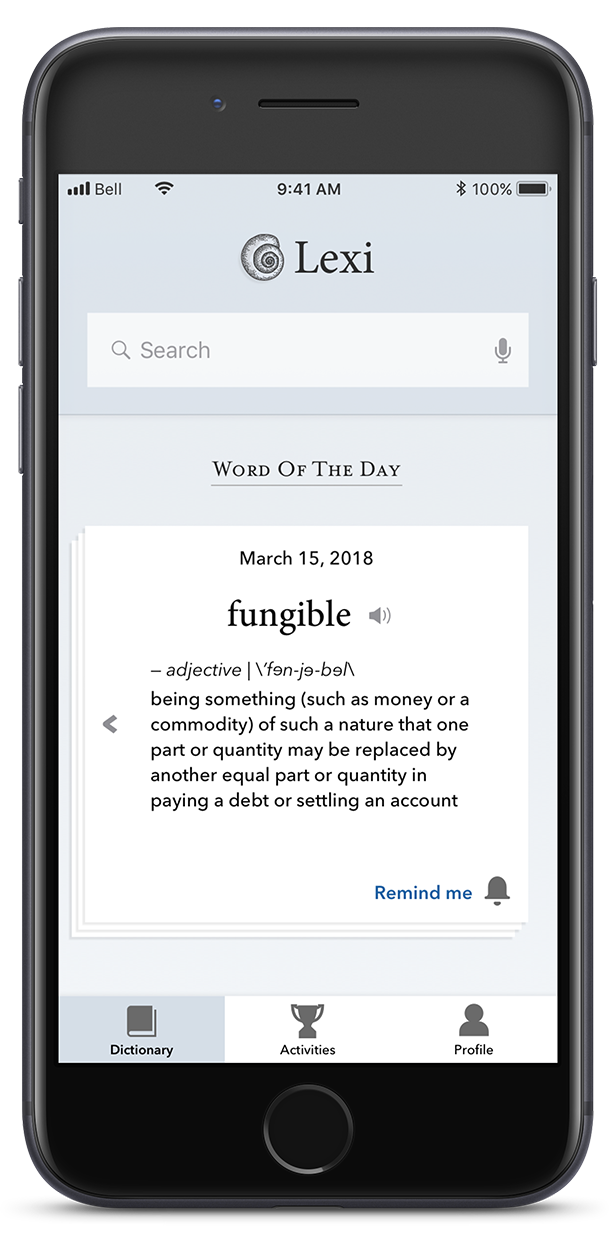Learning Techniques
The app includes several proven learning techniques to assist users in remembering words. Three learning techniques were
identified.
1. Spaced Learning
Spaced learning is a technique where study is repeated in increasing intervals.
This technique stands out because it offers a long history of data proving its goal of enhancing retention of new material.
It is also a technique that lends itself well to an app envirornment, especially when utilizing push notifications.
2. Gamification / Quizzes
Gamification or Quizzes are proven to be an enjoyable way to learn, if not always an efficient one. This method
was also conisitantly included in all three of the dictionary apps looked at.
The Leitner method is a card sorting system where incorrect answers are recirculated more often in any given
bank of questions.
For simple implementation in an iOS setting, a variation was found in a drivers test app. The app uses a correction quiz
to store incorrect answers, and has a proven success rate.
3. Context-based Methods
Context-based methods, such as the memory palace, were considered. Memory Palace (or Method of Loci) is a technique
which uses visualizations of a familiar space to quickly and efficiently recall information. While such methods
are proven to be effective, to implement such techniques would rely on gathering much more user information.
This approach was put aside for possible future implementation. For example, iOS integration could populate
example sentences from the user's favourite publications.


